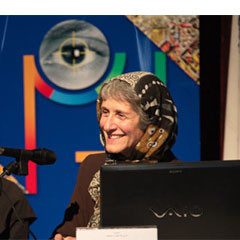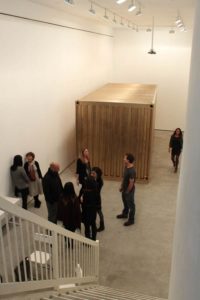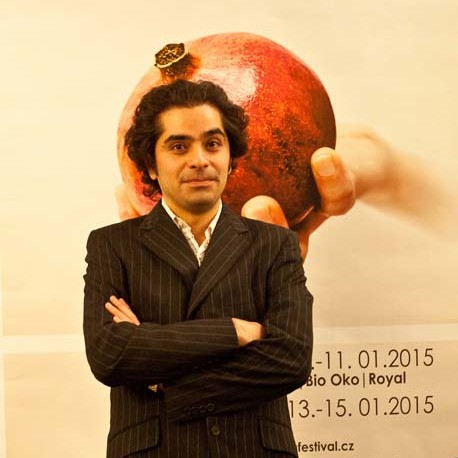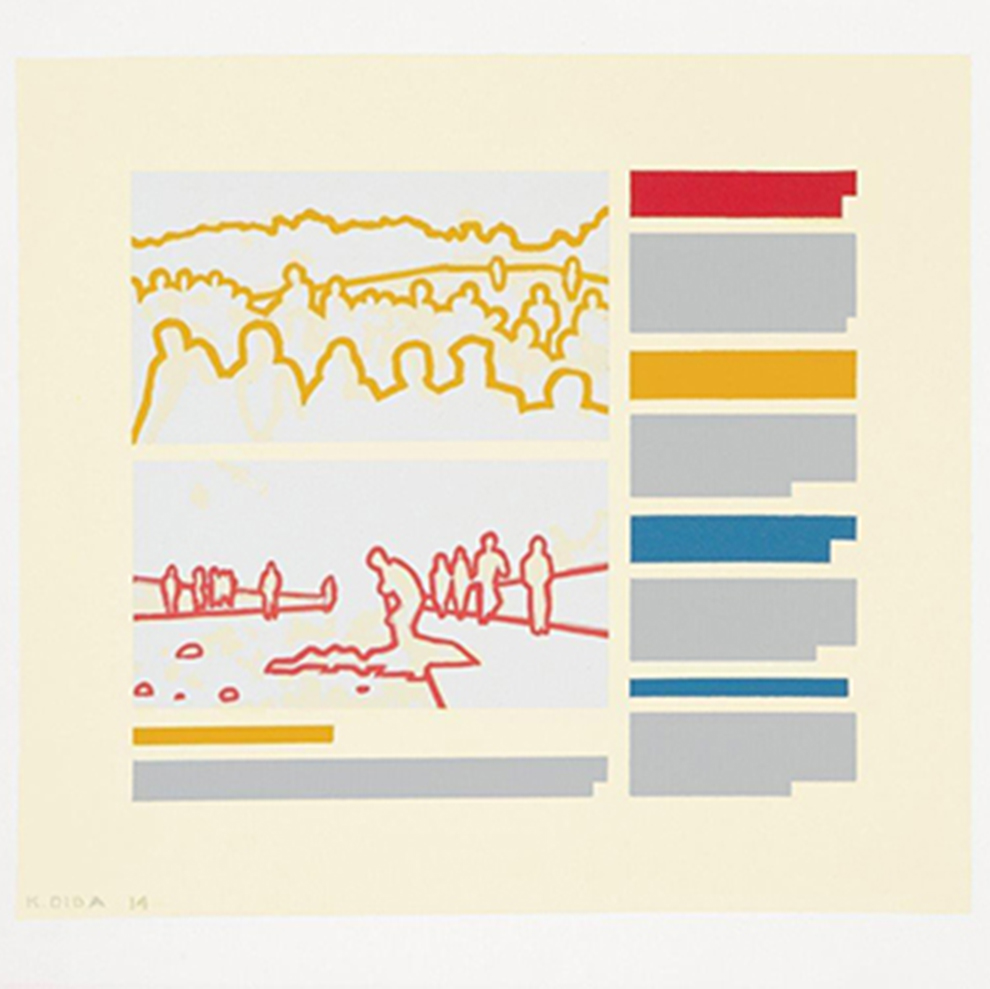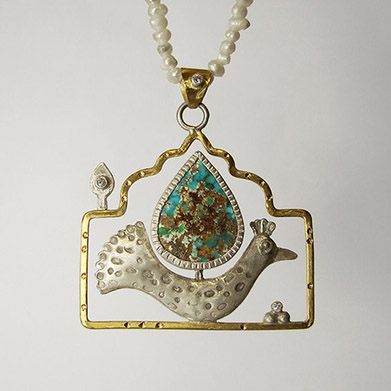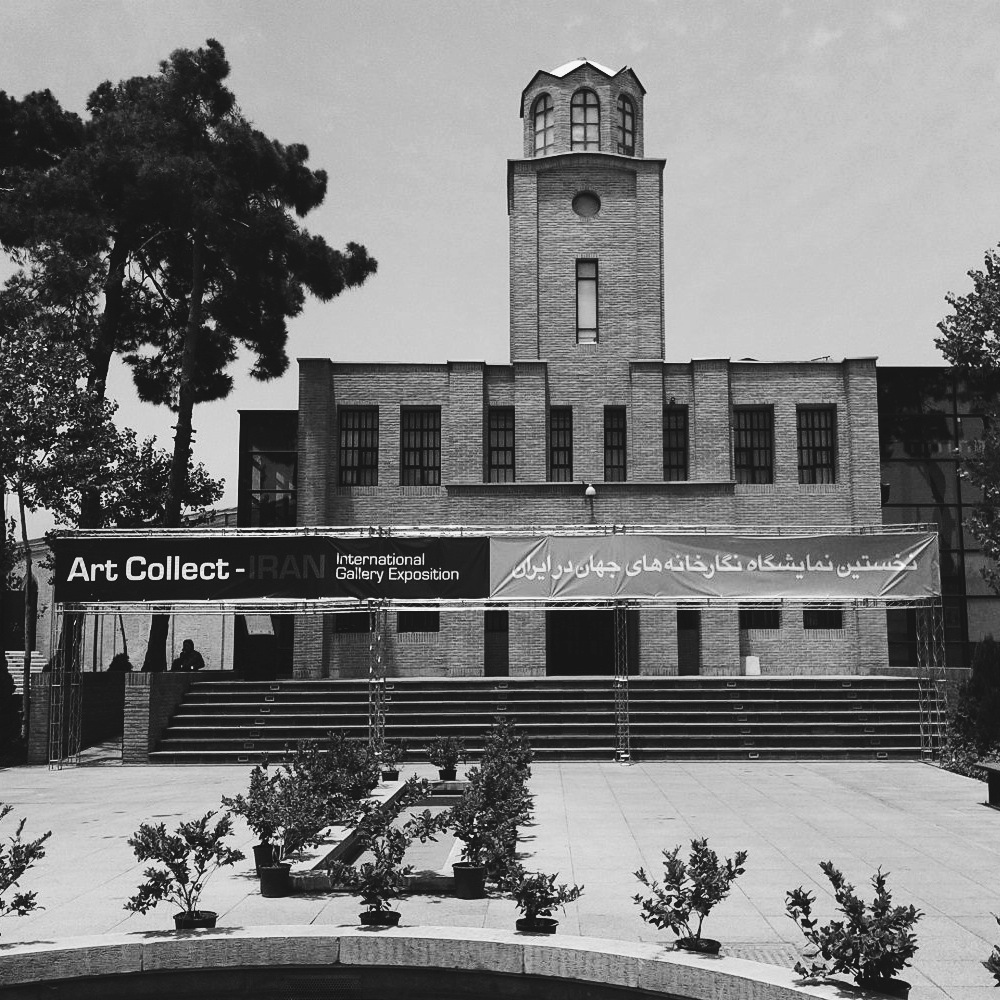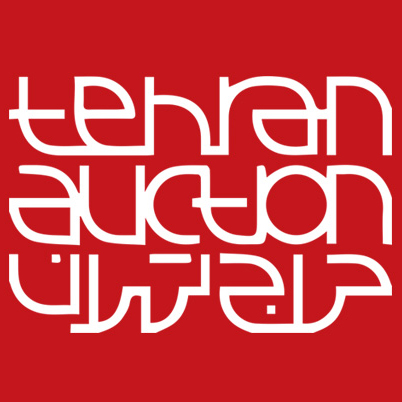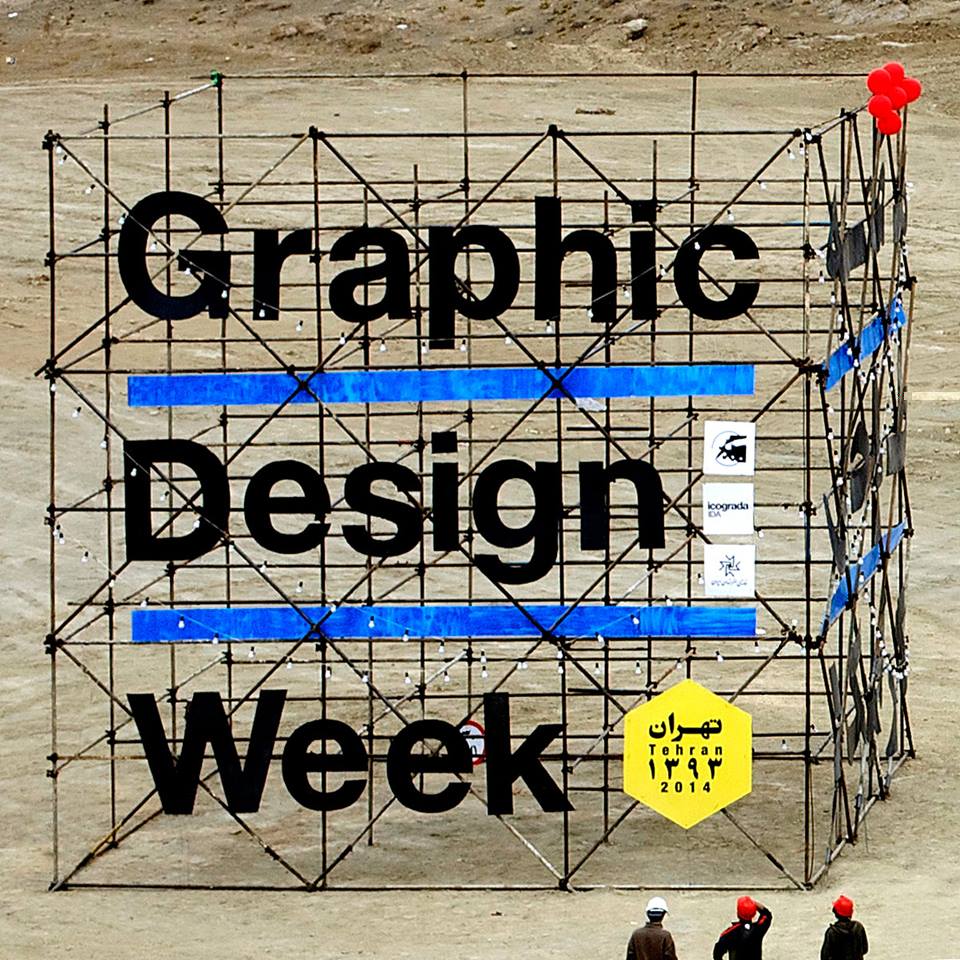Through The Eyes of Women: Female Photography of Iran and the Arab World
One of arts essential qualities is its ability to break molds. Stereotypes are perpetuated through media and other outlets that shape and decide our knowledge for us. It is up to the individual to look past these so-called norms and search for a brighter and more honest truth. One place where we can find this truth is in the art produced by a society or culture. Media tends to express only one viewpoint, and most often it is not even coming from a direct source. Artists are by nature a direct source for commentary on their surroundings and the ideologies of those surroundings. They live and breathe these experiences that they choose to share with the rest of the world. Through examining various artists and their experiences, an outsider is allowed to see the world through their eyes.
A common stereotype revolves around the role and experience of women in Iran and some neighboring Arab countries. They are often seen as sufferers of oppression and strict lifestyle. While this may be the common experience, it is not the only experience of these women.
On view now at the Cantor Arts Center at Stanford University in Palo Alto, California is She Who Tells A Story, a telling exhibit comprising of 12 female photographers from Iran and the Arab world. The 81 works that make up this exhibit deal with issues such as identity, representation, and war in daily life. Instead of viewing themselves as oppressed, these women represent themselves as powerful females despite their surroundings. They do not hide the truths of their situation, as they want the world to know their experience. However, they do not want that to be their only representation.
The photographers featured in this exhibition are Jananne Al-Ani, Boushra Almutawakel, Gohar Dashti, Rana El Nemr, Lalla Essaydi, Shadi Ghadirian, Tanya Habjouqa, Rula Halawani, Nermine Hammam, Rania Matar, Shirin Neshat, and Newsha Tavakolian. Each photographer’s work tells a different story resulting in an all-around expression of female experience. While Shirin Neshats photographs deal with the woman’s role and participation in the Iranian Revolution, Shadi Ghadirian’s photographs of women dressed in traditional attire surrounded by forbidden objects juxtapose the woman’s struggle to keep her tradition while chasing after her freedom.
Not only does each artists deal with a slightly different aspect of these over riding themes, what makes these works so unique is the fact that ever woman has a different story; her own story. Through producing these works they allow us to see into their lives and into the lives of women like them. All equally different, but common in their strive to not be marginalized.
Art has the ability to change perceptions. It is powerful and essential in keeping the world honest and pure. When in doubt, read between the paint strokes.
She Who Tells A Story: Woman Photographers from Iran and the Arab World
January 28 – May 4, 2015 at Cantor Arts Center, Stanford University


